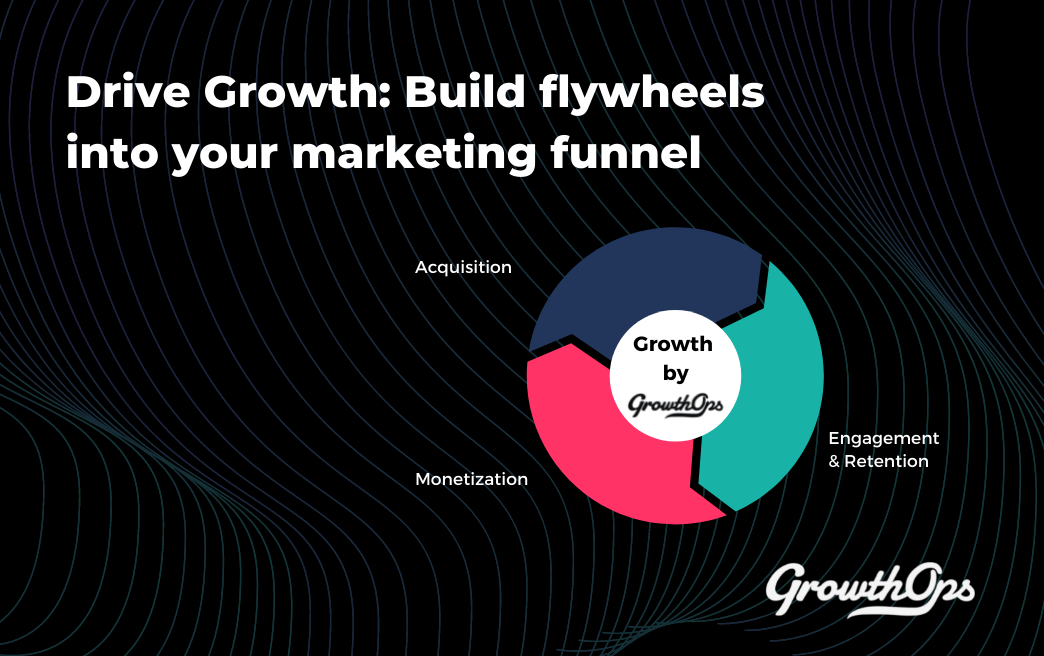Not all companies were affected the same way in 2020:
Many sectors have experienced the first-order effects of suppressed demand, a move to digital experiences (and e-commerce) and increased operating cost pressures.
As a result, only a small group of first-order effect winners have emerged. These include various healthcare service and equipment providers, for example.
Not all companies have reacted the same way:
A second, larger group has adapted to the second-order impacts of the pandemic. They have pivoted and found adjacent revenue streams that support customer segments reeling from the impact of the pandemic. These are the second-order effect adapters. They are learning to thrive in a new normal by adapting business models, products and serving adjacent customer segments.
However, even within each sector, brands are at different levels of digital maturity and so have varying access to tools for growth. As such, they are at different points in their journey.
Consider which of the 2 effects applies most to your business, and their direction, when exploring what your next steps should be.
The following framework can help you decide where to focus your innovation, resources and budgets, and in what order.

With that in mind, consider how you plan to future-proof your company across searching for growth, driving growth, enabling growth and optimizing post-growth.
Focus on your customers unmet needs, and in particular, isolate segments who find it more difficult to meet those needs and target them with the right value propositions.



.png)
